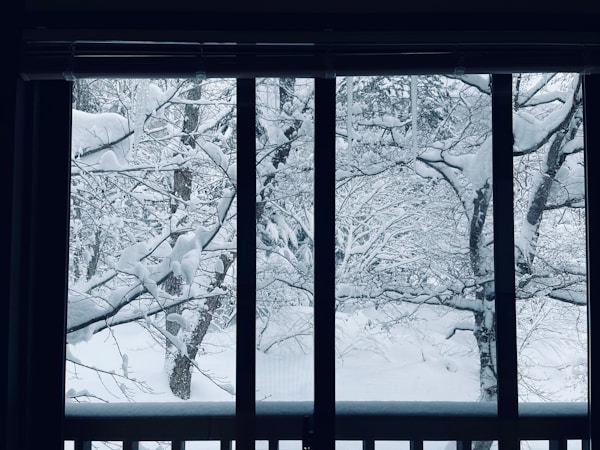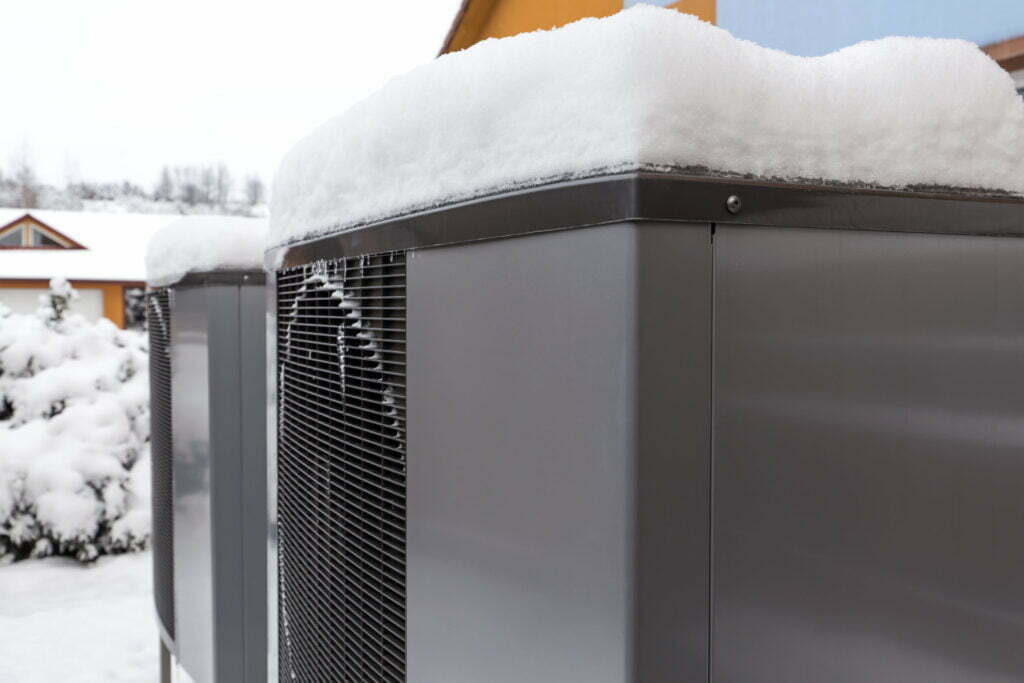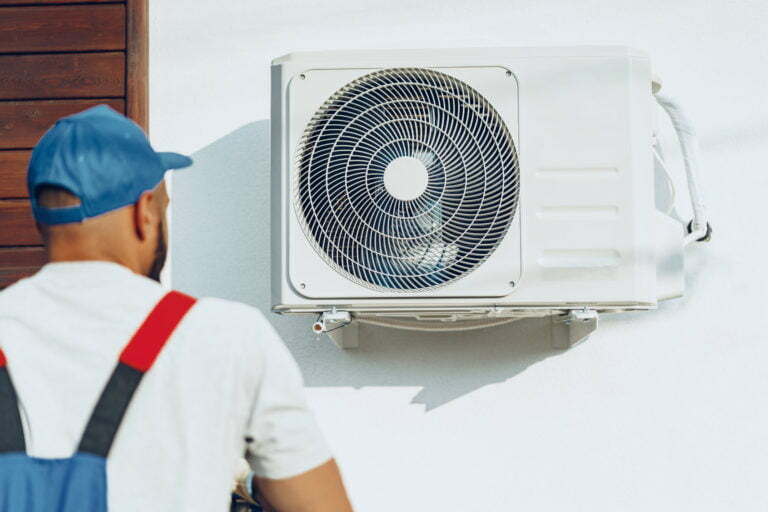When the days become shorter and the temperatures drop, it’s important to keep your home warm during the winter. It will make your home more temperate and it will also provide a safe and healthy environment for you and your entire household. Your heat pump is an integral part of ensuring your home is cozy and protected from the worst effects of the cold weather, but many homeowners don’t know much about heat pumps, how they function, or how to take care of them. Fortunately, there are plenty of resources available to assist you. If you’re not in need of more information, keep reading to find out how a heat pump works in the winter season.
How does a heat pump work in the winter season?

Many people have heat pumps but don’t understand how does heat pump work in winter. During the winter months, heat pumps take advantage of outdoor air temperatures to transfer energy into your home. The process is based on the principle of moving thermal energy from one place to another. To do this, a heat pump uses a refrigerant that changes states as it goes through an evaporator coil and compressors. The refrigerant passes through an expansion valve which reduces its pressure and releases its stored thermal energy into your living space
It’s crucial for homeowners to know how to diagnose and resolve common heat pump issues. This is because a heat pump that’s not running at optimal efficiency can lead to higher energy bills or worse, inadequate heating of your home. Start by checking all connections and wiring for loose or broken wires. If there are no visible problems with the wiring, you may need to call a professional technician if you don’t feel confident performing more complex repairs yourself. Optimizing settings on your heat pump may also improve its performance.
Remember that just like any other type of HVAC system, your heat pump needs regular maintenance in order to keep it running smoothly. You need to have your heat pump inspected and serviced on a regular basis. At least once a year, it’s a good idea to have a professional come in and inspect the unit and make sure that all of its components are working properly.
What else can you do to stay warm in cold weather?

Now that you know more about how your heat pump works in the winter, let’s discuss some other steps you can take to stay warm when the temperature starts to drop. For one, you should inspect the condition of your home before winter arrives. That includes evaluating the condition of your windows to see if there are any cracks or crevices causing air leaks. They should be sealed immediately with caulk or weatherstripping so they can’t get worse. If you find severe damage, you may need to have your windows repaired or replaced.
Upgrading to a smart thermostat is a great choice if you want more control over your home’s indoor temperature. Not only does it save you money on your energy bill, but it can make your home more comfortable. In addition, a smart thermostat is an effective way to stay connected to your home while you’re away. Smart thermostats are able to do this by learning your habits and adjusting the temperature accordingly. Some models are even able to optimize your system to be as eco-friendly as possible to lower your home’s carbon footprint.
Overall, heat pumps provide an efficient, affordable way to heat and cool homes during the winter season. They are able to utilize the natural energy of the environment to heat homes, while also being able to reverse the process and cool homes during the summer. Heat pumps are a fantastic alternative to traditional heating and cooling systems, and can even reduce energy costs in the home. Before the weather starts to get colder, you should also do things like sealing air leaks and even upgrading to a smart thermostat. That way, you can be sure your family will be comfortable at home, no matter how cold it gets.





